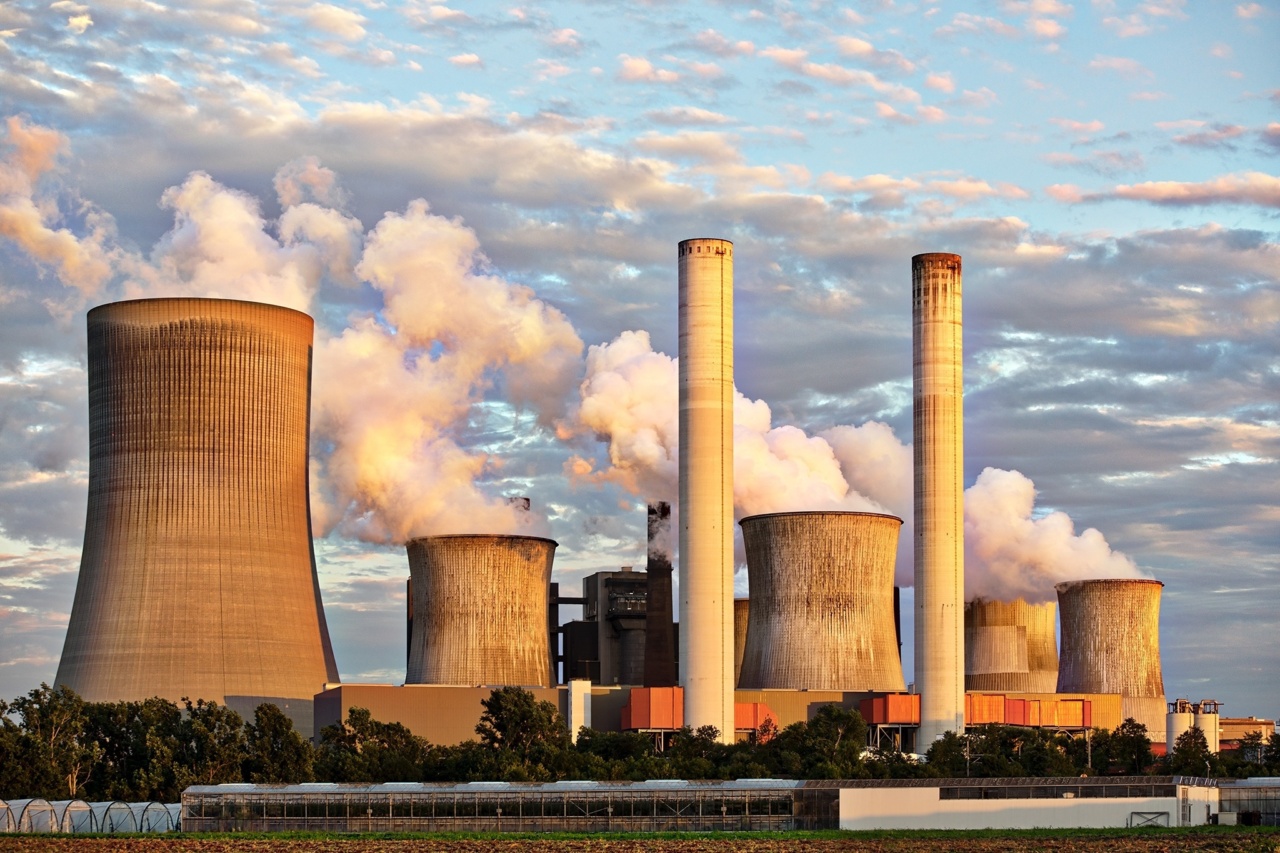The ongoing COVID-19 pandemic has brought about unprecedented challenges for our global society. As we navigate through this crisis, new research is emerging that highlights a concerning link between the virus and air pollution.
The combination of kronovirus and air pollution poses a significant threat to public health, exacerbating the severity and spread of the disease. In this article, we will explore the complex relationship between kronovirus and air pollution, its impacts on individuals and communities, and the urgent need for effective mitigation strategies.
The link between kronovirus and air pollution
Studies have shown a clear connection between kronovirus and air pollution, revealing how environmental factors can influence the transmission and severity of the disease.
According to research conducted by scientists from Harvard University, individuals living in regions with high levels of air pollution are more susceptible to kronovirus infection. Fine particulate matter (PM2.5) and nitrogen dioxide (NO2) are two primary air pollutants that have been closely associated with an increased risk of respiratory infections.
Kronovirus primarily targets the respiratory system, causing symptoms such as coughing, shortness of breath, and pneumonia.
When exposed to high levels of air pollution, individuals may experience inflammation in the respiratory tract and weakened immune responses, making them more vulnerable to kronovirus. Furthermore, air pollution also contributes to the development of pre-existing respiratory conditions, such as asthma and chronic obstructive pulmonary disease (COPD), which further increase the risk of severe outcomes in kronovirus patients.
The impact on public health
The combination of kronovirus and air pollution has far-reaching consequences for public health and exacerbates existing health disparities.
Vulnerable populations, including the elderly, children, and those with underlying health conditions, are particularly at risk. Studies have shown that individuals exposed to polluted air are more likely to experience severe kronovirus symptoms and have a higher mortality rate.
Moreover, the burden of air pollution and kronovirus does not fall evenly on all communities.
Disadvantaged areas often have poor air quality due to a confluence of factors such as industrial activity, inadequate urban planning, and socioeconomic disparities. These communities, already facing socio-economic challenges, bear the brunt of both kronovirus and air pollution, leading to a disproportionate impact on their health and well-being.
The role of air pollution in kronovirus transmission
Air pollution not only increases the severity of kronovirus but also facilitates its transmission.
Research has shown that air pollutants can act as carriers for viral particles, enabling them to travel longer distances and remain suspended in the air for extended periods. This airborne transmission, known as aerosol transmission, can occur in both indoor and outdoor settings, making it even more challenging to control the spread of the virus.
Particulate matter, such as PM2.5, can provide a surface for the virus to attach to, allowing it to remain viable for longer durations.
In areas with high levels of air pollution, kronovirus particles can combine with these pollutants, forming a dangerous mixture that can be inhaled by individuals. This presents a significant concern, particularly in heavily industrialized regions, densely populated urban areas, and locations with high traffic volumes.
Mitigation strategies
Given the alarming synergy between kronovirus and air pollution, it is imperative to implement effective mitigation strategies to protect public health. Here are some key measures that can be taken:.
1. Reducing emissions and promoting clean energy
To combat air pollution and the associated risks, governments and industries should prioritize transitioning to clean energy sources and investing in renewable technologies.
This would help reduce the emission of harmful pollutants and lower the impact on public health.
2. Enhancing public transportation
Encouraging the use of public transportation, walking, and cycling can help decrease air pollution caused by vehicular emissions.
Improved public transportation infrastructure and policies can make eco-friendly modes of transportation more accessible and attractive for communities.
3. Strengthening environmental regulations
Stringent policies and regulations are necessary to control and monitor sources of air pollution effectively.
By enforcing laws against industrial emissions, reducing coal-fired power plants, and promoting sustainable urban planning, governments can help curb air pollution and protect public health.
4. Raising awareness
Education and awareness campaigns are essential for informing the public about the dangers of air pollution and the link with kronovirus.
This can empower individuals to take proactive steps to protect themselves and advocate for cleaner air in their communities.
5. Protecting vulnerable populations
Efforts should be focused on safeguarding vulnerable communities, particularly those in disadvantaged areas.
This includes providing access to healthcare services, improving indoor air quality, and implementing targeted measures to reduce exposure to air pollution.
The road ahead
Addressing the interplay between kronovirus and air pollution requires a multifaceted approach. Governments, organizations, and individuals all have a role to play in mitigating the impacts of air pollution on kronovirus and safeguarding public health.
By prioritizing clean energy, strengthening regulations, and raising awareness, we can create a healthier and more sustainable future for all.




























